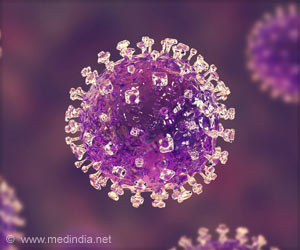
‘Melanin production occurs by regulating the uptake of large amounts of fluids and membranes—and recycling old cell components.’
Tweet it Now
NF-E2-related factor 3 or ‘Nrf3,’ a known transcription factor, or protein involved in the process of converting DNA into RNA, is abundantly found in the basal layer of the epidermis. However, its precise role in melanin production remains largely elusive.Researchers in Japan have recently been able to discover the Nrf3-mediated mechanism of melanogenesis using in vitro experimentation.
Novel Insights on the Mechanism of Melanin Formation
The research team showed that Nrf3 coordinates melanin production by regulating two key processes: macropinocytosis—engulfment and uptake of large amounts of fluids and membranes—and autophagy—recycling of old, damaged, abnormal cell components through controlled cellular breakdown.To this end, the researchers generated mouse malignant melanocyte (melanoma) B16F10 cells overexpressing Nrf3 or depleted the gene in normal human melanocyte (NHEM) cells and conducted a series of well-controlled experiments. This study is published in the journal Cell Reports.
Moreover, they revealed that Nrf3 also induces the gene expression of Cln3, an autophagosome-related factor, for macropinocytosis uptake of melanin precursors.
In addition, they identified two autophagy-related genes targeted by Nrf3, i.e., Ulk2 and Gabarapl2, which contribute to the uptake of melanin precursors and the formation of melanosomes—specialized organelles responsible for the synthesis, storage, and transport of melanin.
Advertisement
Furthermore, the team showed that αMSH—a hormone that stimulates melanocytes—causes Nrf3 activation and the subsequent formation of melanin, whereas nelfinavir, an HIV-1 protease inhibitor, inhibits Nrf3-mediated melanin formation.
Advertisement
They are hopeful that their novel findings will be of interest not only to other scientists but also to cosmetic and pharmaceutical companies engaged in pigmentation research.
Melanin functions as a natural sunscreen but its excessive production causes melasma (hyperpigmentation), age spots, and freckles. Although further studies seem warranted, the study does seem to establish a likely association between melanin overproduction and skin cancer.
Source-Eurekalert










